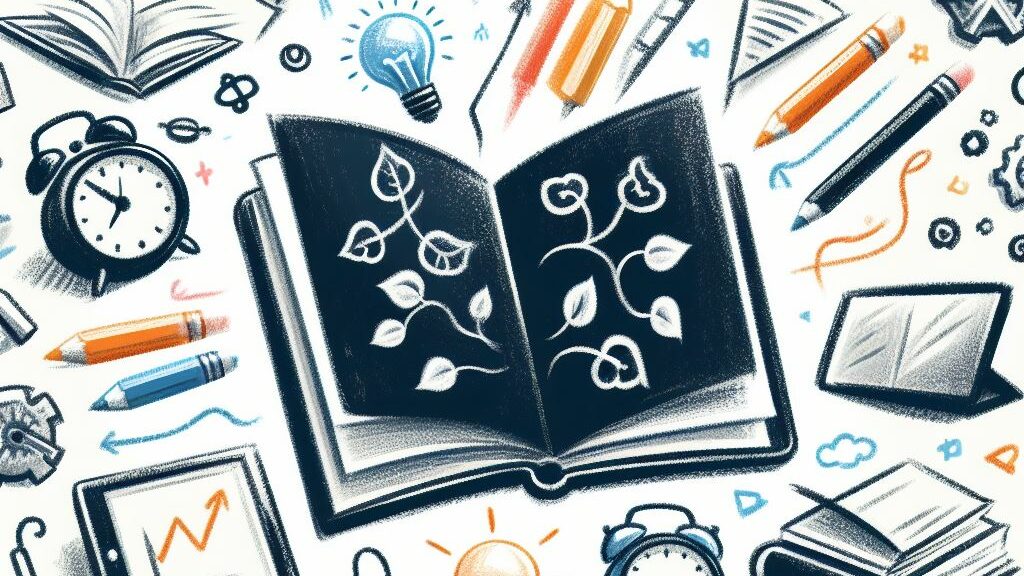
Written by Karine Hamm
Once a month, Nathan Hall (Educational Technology and Pedagogy Coordinator) hosts a book club to discuss and apply the content of the book: Learning that matters – a field guide to course design for transformative education by Zehnder, Metzker, Kleine and Alby. The book explores the idea that meaningful learning experiences don’t just happen-they have to be intentionally designed. These well-designed, innovative courses can have a lasting impact on student learning. Since you may not have the time to read the book this semester, or to join the group of inquisitive faculty for book club, I want to present a thing or two that you can try in your course, to design a more inclusive and meaningful learning experience.
Think about a learning experience that you still remember. I suspect it involved working on a project. Project-based learning is based on the notion that “The one who does the work, does the learning”. Projects thoroughly involve the learners in the process, but they also tend to be motivating perhaps because learners have agency on the topic and/or format. Another perk is that projects have a great potential for maximizing portable learning outcomes. Even from our perspective, project work is often more enjoyable to evaluate, increasing our own engagement in the task of marking. The advantages are further listed in this Chapter but based on my experience, Douglas College faculty are no strangers to projects and their benefits so I will focus on one section of this Chapter that may be new to some: strengths-focused projects.
Strength-focused projects is based on the notion that students solve problems more efficiently when taught to utilize their strengths to tackle a problem. Students find projects more meaningful when they are designed to foster reflection and develop their strengths. To apply this finding, you can use the ‘Values in Action (VIA)” website. Students complete a survey to find their five strongest strengths. In strength-focused projects, you would ask the students to either choose from their list or choose any of the strengths listed on the website to develop within the project. Ask your students to write about what it might look like to develop these strengths throughout the project. At the end of the project, students again reflect, noting how they used and developed that strength. With this priming, the project’s purpose and significance increases as the learners work on developing strength that will be useful elsewhere, while developing content knowledge. This quick exercise increases the likelihood that students will value the project and judge it to be worthwhile. Connecting student strengths to knowledge-based projects lead the way to exceptional projects.
Exceptional projects are generally authentic, collaborative and transparent, traits shared with connected assessments discussed in the previous post. Offering real-world problems to be solved by collaborative groups of students. Developing those collaborative skills while making the purpose and expectations of the project clear. These topics are beautifully described in Chapter 7 of the book and I encourage you to read further or join the Book Club meetings.

Leave a Reply